While arguably not as pretty as interpolating H in the HLS or HSV colorspace, a much simpler to implement approach would be to write a function that mapped the single value into three components corresponding to a linearly-interpolated color between completely red (1,0,0) and completely green (0,1,0) in the RGB colorspace.
Here's what I mean:
def pseudocolor(val, minval, maxval):
""" Convert value in the range minval...maxval to a color between red
and green.
"""
f = float(val-minval) / (maxval-minval)
r, g, b = 1-f, f, 0.
return r, g, b
if __name__ == '__main__':
steps = 10
print('val R G B')
for val in xrange(0, 100+steps, steps):
print('{:3d} -> ({:.3f}, {:.3f}, {:.3f})'.format(
val, *pseudocolor(val, 0, 100)))
Output:
val R G B
0 -> (1.000, 0.000, 0.000)
10 -> (0.900, 0.100, 0.000)
20 -> (0.800, 0.200, 0.000)
30 -> (0.700, 0.300, 0.000)
40 -> (0.600, 0.400, 0.000)
50 -> (0.500, 0.500, 0.000)
60 -> (0.400, 0.600, 0.000)
70 -> (0.300, 0.700, 0.000)
80 -> (0.200, 0.800, 0.000)
90 -> (0.100, 0.900, 0.000)
100 -> (0.000, 1.000, 0.000)
You can transform the floating-point r,g,b components as needed, such as to integers in the range of 0..255.
Here's a sample showing what its output looks like:

If you want to go from green to red, just reverse the calculations for r and g in the function. Without too much additional effort, you could generalize the concept to allow linear-interpolation between any two given colors.
Here's how that could be done:
def pseudocolor(val, minval, maxval, startcolor, stopcolor):
""" Convert value in the range minval...maxval to a color in the range
startcolor to stopcolor. The colors passed and the the one returned are
composed of a sequence of N component values.
"""
f = float(val-minval) / (maxval-minval)
return tuple(f*(b-a)+a for (a, b) in zip(startcolor, stopcolor))
if __name__ == '__main__':
YELLOW, BLUE = (1, 1, 0), (0, 0, 1)
steps = 10
print('val R G B')
for val in range(0, 100+steps, steps):
print('{:3d} -> ({:.3f}, {:.3f}, {:.3f})'.format(
val, *pseudocolor(val, 0, 100, YELLOW, BLUE)))
Sample output using the provided colors:






